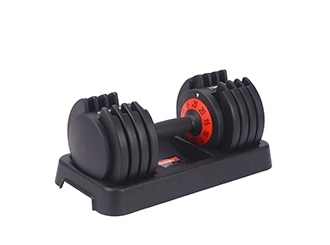
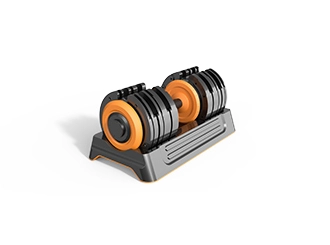
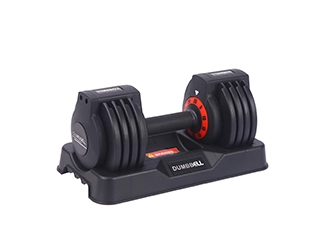
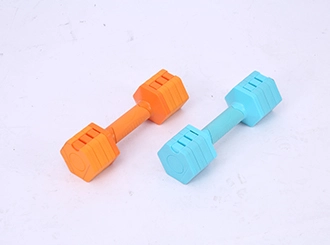
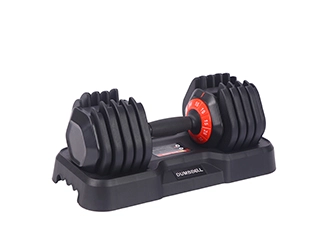
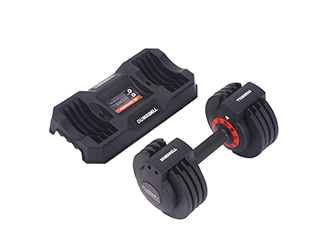
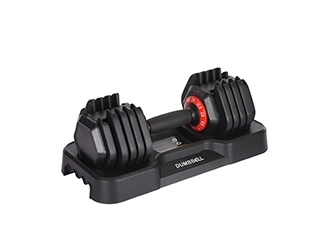
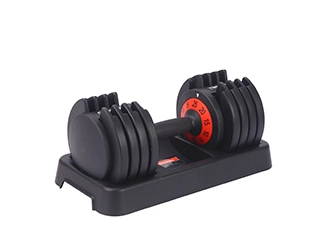
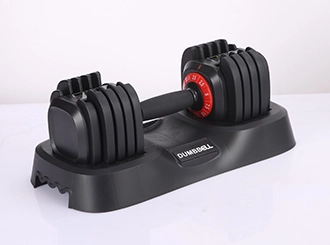
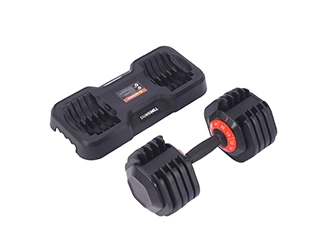
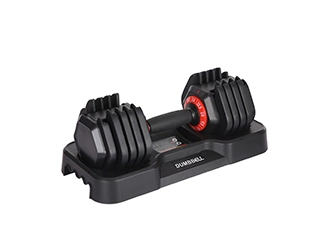
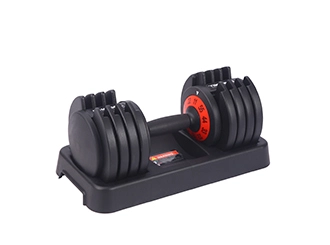
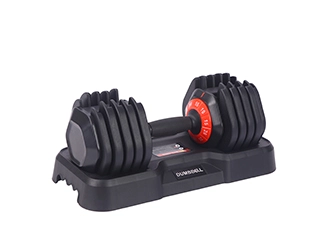
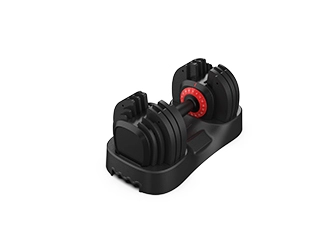
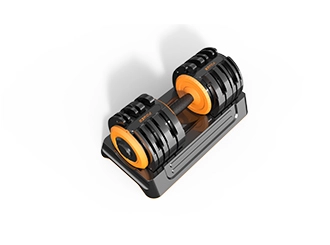
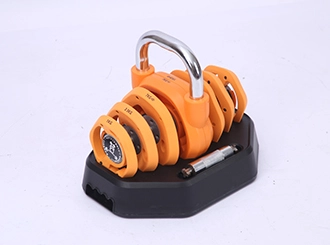
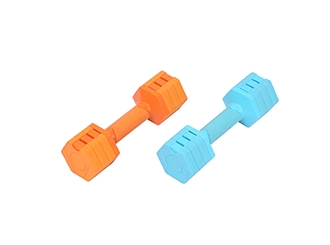
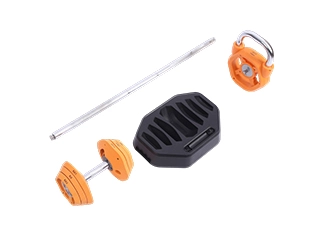
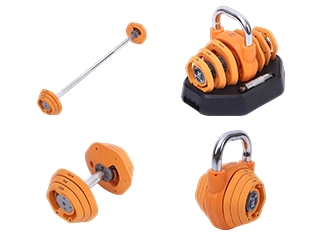
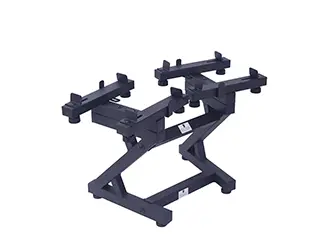
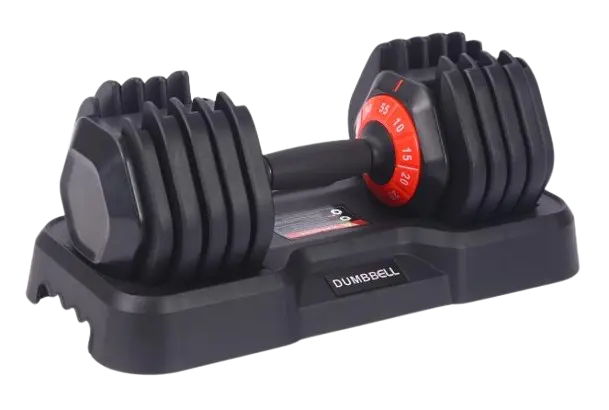
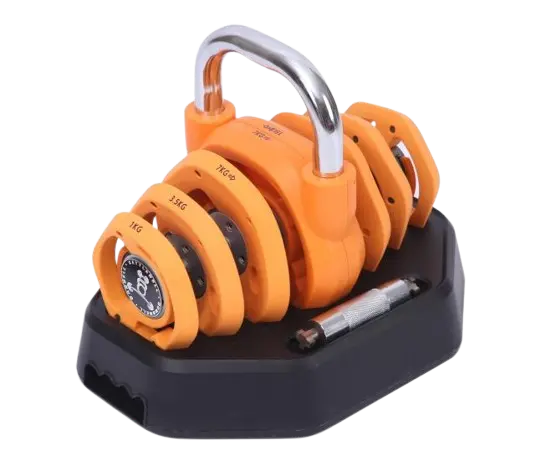
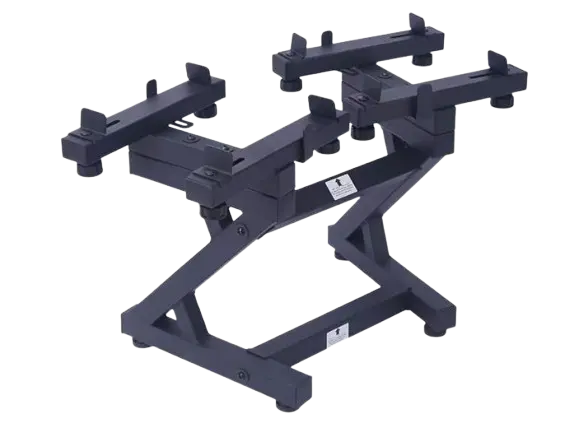























When it comes to fitness and strength training, dumbbells are more than just pieces of metal; they're a gateway to a healthier, stronger you. And yes, while it seems like a no-brainer to grab a set off the shelf, it’s not that simple—especially if you're a woman looking to incorporate weightlifting into her routine.
The last thing you want is a dumbbell set that’s too light, too heavy, or too cumbersome. Here's a comprehensive guide to help you find the perfect set tailored to your fitness goals, strength, and workout space.
Ever heard the phrase, "Start with the end in mind?" This holds true for fitness too. Are you looking to build muscle, tone up, or perhaps increase your endurance? Your goals will significantly influence the type of dumbbells you'll need.
If you're targeting muscle building, you'll likely need a set that you can increase in weight over time. Usually, this means opting for adjustable dumbbells for women.
For toning, lighter weights and higher reps are the way to go. A set of fixed-weight dumbbells with varying light weights will be your best bet.
If you're in it for the long haul and aiming for overall fitness, a set that offers both light and heavy options, preferably adjustable, will serve you best.
Now, dumbbells are not just a 'one-shape-fits-all' deal. You have the round, the square, and the hex. Imagine your dumbbells as house guests. The round ones are like that annoying guest who can't sit still; they roll around. Square ones are the type who keep bumping into you—awkwardly.
The hex shape? They're your ideal guest, sitting still until needed. Plus, the flat sides of hex shaped dumbbells are particularly accommodating for women with smaller grip sizes. No unnecessary pressure or discomfort—just a perfect fit.
Think of this as your wardrobe for exercise. You wouldn't wear the same outfit for a casual day out and a formal event, right? Similarly, different exercises call for different weights. Most beginners should consider having three sets:
Light Weights: For high-rep, low-resistance exercises.
Medium Weights: For general strength training.
Heavy Weights: For low-rep, high-resistance exercises like deadlifts.
Ladies, let's get one thing straight. Your strength is not merely defined by gender, but it is a factor when choosing your starter dumbbell set. A good starting point for women is usually between 3 and 25 pounds.
Don't worry if this feels too light at first; it’s always better to start low and work your way up. And hey, who’s to say you can’t out-lift the men eventually?
Dumbbells can be incredibly effective for your strength training journey, but safety should always come first. Here are some tips:
Proper Gripping: The form you take with your grip can make a significant difference. Make sure your hand completely envelops the handle, and your thumb is locked around the opposite side.
Floor Safety: Especially if you're using hexagonal or square sets of dumbbells, make sure they are set down gently to avoid damaging your floor or the weight dumbbells themselves.
Wrist Position: Your wrists should always be straight when lifting. Bent wrists can lead to strain and injury.
Spotter on Standby: For heavy weights, it's smart to have a spotter around to assist you during your workout. Safety first!
A choice that often confuses beginners is whether to pick the right type of dumbbell: adjustable or fixed. Both have their merits and demerits:
Adjustable Dumbbells: These allow you to add or remove weights, offering versatility but might require extra time during workouts to adjust. They are ideal for those with evolving goals.
Fixed Dumbbells: They are less versatile but quicker to use. Ideal if you have a specific exercise you intend to focus on and you know exactly what weight you need.
Just a few more nuggets of wisdom before you set off on your weightlifting journey.
Material and Durability: You want your dumbbells to last, don't you? Look for sets made of quality materials like cast iron or stainless steel.
Workout Space: Plan where you'll keep these beauties. Do you have a home gym or just a corner in the living room? Your available space can dictate the type and size of dumbbells you should get.
Added Features: Some dumbbells come with rubber coatings for better grip and floor protection—worth considering if you’re working out at home.
We all learn from mistakes, but when it comes to fitness and strength training, it's better to be safe than sorry. Here are some common mistakes to avoid:
Overestimating Strength: Don't let your enthusiasm choose a dumbbell that’s too heavy for you. Lifting too heavy too soon can lead to serious injuries and hamper your muscle-building efforts.
Underestimating Importance of Shape: As mentioned earlier, the form and shape of the dumbbell do matter, especially when you are doing multiple sets and reps during your exercise routines.
Ignoring Material: Rubber-coated or foam-covered dumbbells can offer better grip and exercise comfort. Don't opt for metal just because it looks hardcore or more appropriate for muscle training.
Skipping Professional Guidance: Investing in a personal trainer, even if only for a couple of sessions, can provide you with invaluable advice that could shape your entire strength training journey.
When you pick the right dumbbells, you unlock the potential for a variety of exercises designed to build muscle and enhance your strength training.
Whether you aim for compound moves like deadlifts or isolation exercises like bicep curls, the right-weight dumbbells can make all the difference.
Compound Exercises: Ideal for those looking to maximize muscle gain and work on multiple muscles at once.
Isolation Exercises: Great for targeting specific muscles and improving your form.
Choosing the right weight dumbbells is just the beginning. Over time, as you build strength, you'll need to revisit your dumbbell sets and potentially upgrade to heavier ones.
Progression is a key part of any successful strength training regimen.
Progressive Overload: The principle of gradually increasing the weight, or resistance level, in your exercises over time.
Tracking: Keeping a workout journal or using an app to track your progress can help you adjust your workout routines more effectively.
Rest: Don't underestimate the importance of rest days for muscle recovery and growth. Remember, muscles are built outside the gym as much as inside it!
Selecting the ideal dumbbell set is not as complex as it may seem, though it demands attention and care.
It starts with pinpointing your unique fitness objectives. Begin your selection process with a weight as light as 5 pounds (2.3 kg). Perform a few reps of basic exercises like bicep curls. If it feels too effortless, up the weight in increments of 2.5 pounds (1.1 kg) until it poses a challenge, then dial it back just slightly.
As a rule of thumb, your medium set of dumbbells should be about double that of your light set, and the heavy set should be approximately 50% heavier than the medium one.
Always factor in the shape of the dumbbells and ensure it aligns with your workout needs. If you're still uncertain, remember that seasoned professionals are ready to offer their expertise.
So, embrace this opportunity and begin your transformative journey towards a fitter, empowered you.